Feedback
You may be wondering how on Earth you're going to assess students when they are able to create such a variety of projects to show their learning and understanding. That's a very reasonable concern. On this page you'll find some ideas of ways that you can ensure that your students receive valuable feedback. You'll also find information on assessment.
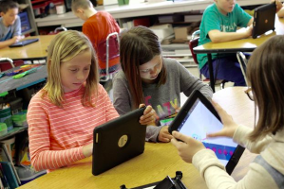
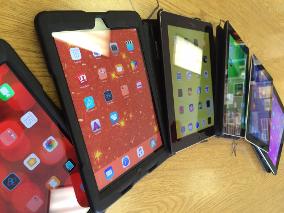
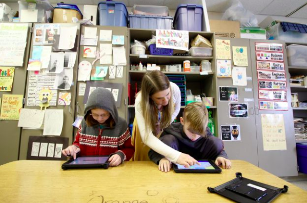
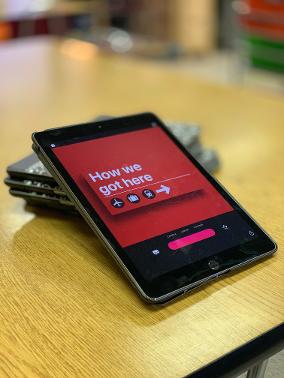


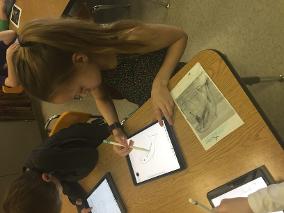
Feedback:
- Peer review
- “Stop, Drop and Walk”
- Paper or Digital
Have a conversation with your students about the importance of valuable feedback. In my case, this means explaining to students, as young as kindergarten, that we can all help each other get better when we're honest and open to feedback. I share with my students that valuable feedback isn't saying "Yep, it's good," but rather pointing out strengths, and making suggestions on areas for growth. I promise you, if my kindergarteners can give valuable feedback, your students can too! :)
One of my favorite ways for students to get informal feedback is called "Stop, Drop, and Walk." Through this process, my students stop what they're doing, drop their materials on the table, and walk around the classroom. This is valuable in many ways. First, students can informally assess where they are at with the project and can regulate their speed. If they see they're behind in comparison to their peers, they can kick it up a notch, and if they're ahead, they can slow down, add more details and improve their work. Through Stop, Drop and Walk, students can also be inspired by things their peers are learning/showing. Maybe they missed a critical element of the content, or maybe they just see a little detail they like. This gives students the chance to learn from each other and improve while they're still in-process. Finally, after Stop, Drop and Walk, I ask students to give their partners feedback considering what they saw around the room.
Finally. remember that feedback, whether it is from peers or the teacher, can be given digitally or on paper (or through conversations, etc.). It is totally fine to give your student a post-it with things to add. If they're working digitally, they could turn in a video of their project to Flipgrid for you/peers to give feedback. There really are endless possibilities.
Assessment:
- Let them show you what they learned through their creative projects
When allowing students to try all kinds of creative projects it is important to be up front about your expectations. It can be as simple as a statement like "You need to explain the structure of a cell" or "show me your understanding of factors that led to World War II" or even "explain the metamorphosis of a butterfly." Giving students specific goals will help them to narrow the scope of their project. I recommend posting your specific project goal in the room so that students can be reminded of what to focus on.
Don't underestimate the power of very simple rubrics. You can create broad rubrics that only touch on content, so that the manner in which the content is delivered (video, drawing, rap, etc.) isn't the focus. This way all students can be fairly assessed regardless of the way in which they chose to show their understanding.
Finally, remember you cangive them a quiz or test to make sure they understood the content! This will not only give you a formal assessment across the board, but it may also help you discover what kind of projects are helping kids learn. Use this valuable information to help guide future project options for students.
